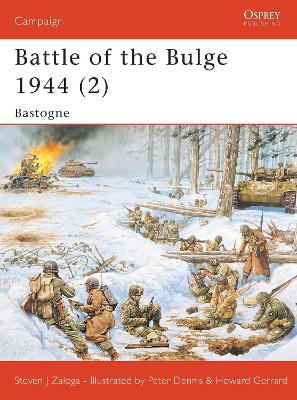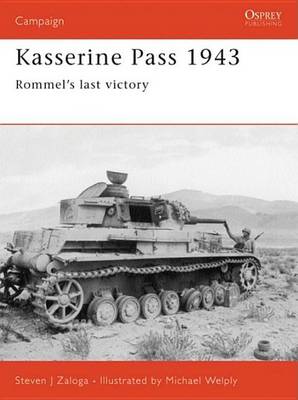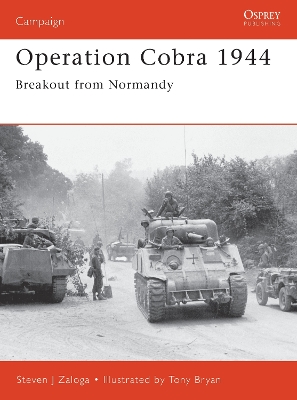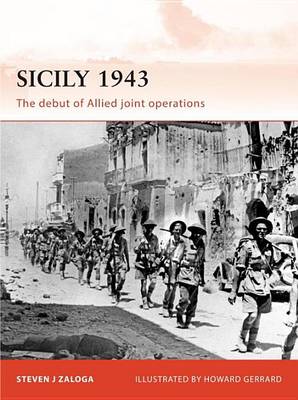Campaign
4 primary works • 8 total works
Book 145
Book 152
Book 210
Book 223
The D-Day landings of June 6, 1944, were the largest amphibious military operation ever mounted. The greatest armada the world had ever seen was assembled to transport the Allied invasion force across the Channel and open the long-awaited second front against Hitler's Third Reich. Of the landings on the five assault beaches, Omaha Beach was the only one ever in doubt. Within moments of the first wave landing, a third of the assault troops were casualties. Yet by the end of D-Day, the Atlantic Wall had been breached and the U.S. Army's V Corps was firmly entrenched on French soil.
The D-Day landings of June 6, 1944, were the largest amphibious military operation ever mounted. The greatest armada the world had ever seen was assembled to transport the Allied invasion force across the Channel and open the long-awaited second front against Hitler's Third Reich. Of the landings on the five assault beaches, Omaha Beach was the only one ever in doubt. Within moments of the first wave landing a third of the assault troops were casualties. Yet by the end of D-Day the Atlantic Wall had been breached and the U.S. Army's V Corps was firmly entrenched on French soil.
The D-Day landings of June 6, 1944, were the largest amphibious military operation ever mounted. During the late spring and early summer of 1944, the roads and ports of southern England were thronged with the troops, vehicles, and ships of the invasion force. The greatest armada the world had ever seen had been assembled to transport U.S. 1st Army and British 2nd Army across the narrow strip of the Channel and open the long-awaited second front against Hitler's Third Reich. The events of this single day took four years of planning and organization and represented one of the most crucial moments of the entire Second World War. The landings were split into four sectors: two British/Canadian and two U.S. Omaha was the easternmost of the two U.S. beaches, and the plan was that the landing forces should rapidly link up with their fellow Americans to the west on Utah beach and the British further to the east on Gold Beach. Allied intelligence had missed and entire German division amongst the defenders at Omaha and things went badly wrong. The first wave of landings suffered heavy casualties, many of the tanks and engineers with special equipment to help the troops get off the beach were lost. The U.S. troops appeared pinned down on the beach and General Eisenhower even considered withdrawing them. However, in determined attacks the German strong points were overcome one by one. At Pointe du hoc, the U.S. Rangers had to scale vertical cliffs before making their assault. Eventually the German defenses were cracked, allowing the troops to begin to push inland.
In July 1944 of World War II (1939-1945), Operation Cobra broke the stalemate in Normandy and sent the Allies racing across France. The Allied commanders ignored Paris in their planning for this campaign, considering that the risk of intense street fighting and heavy casualties outweighed the city's strategic importance. However, Charles de Gaulle persuaded the Allied commanders to take direct action to liberate his nation's capital.
Steven J Zaloga first describes the operations of Patton's Third Army as it advanced towards Paris before focusing on the actions of the Resistance forces inside the city and of the Free French armored division that fought its way in and joined up with them to liberate it on August 24. De Gaulle could then proclaim, Paris liberated! and one of the world's loveliest cities had survived Hitler's strident command that it should be held at all costs or reduced to rubble.







